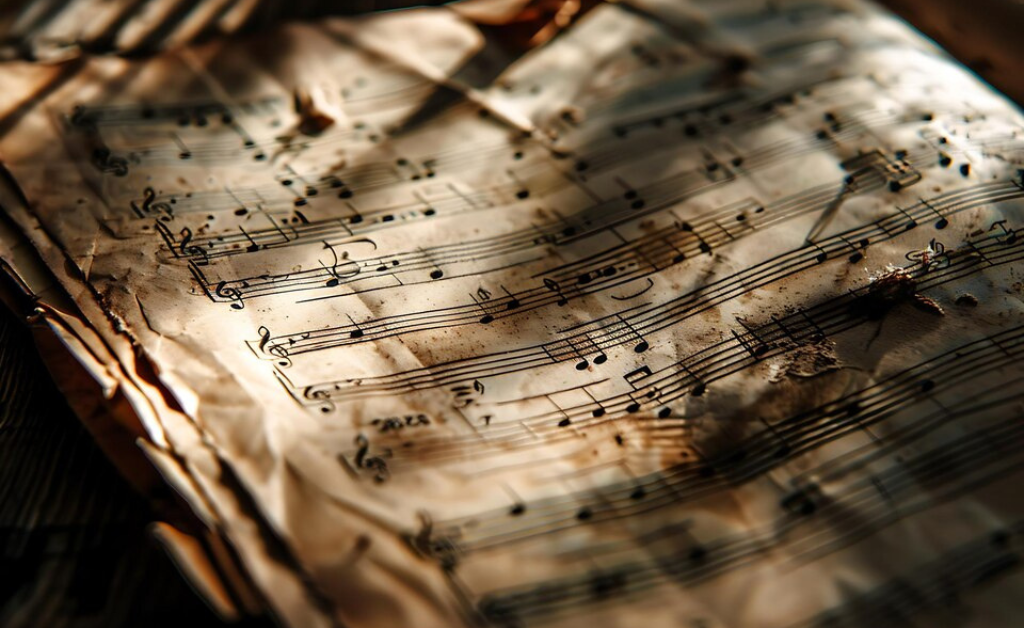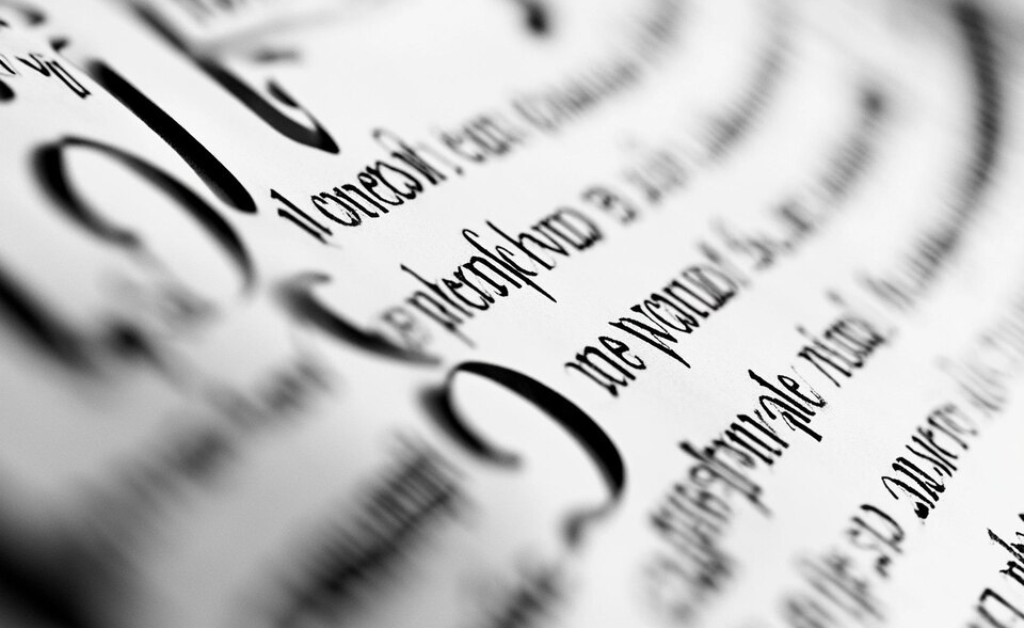Introduction to the Hunting of the Snark Sheet Music
The musical adaptations of Lewis Carroll’s famous narrative poem The Hunting of the Snark Sheet Music are a testament to the creative intersection of Victorian nonsense poetry and music. Carroll, best known for his whimsical works like Alice’s Adventures in Wonderland, crafted The Hunting of the Snark Sheet Music in 1876 as a bizarre yet charming narrative that has intrigued readers and musicians alike. Over time, this playful poem has been adapted into various forms of music, including piano arrangements, choral compositions, and orchestral scores. The process of transforming Carroll’s quirky verse into music has not only enhanced its reach but has also solidified its place in musical history, blending Victorian wit with classical composition.
This article delves into the world of Hunting of the Snark Sheet, exploring its musical history, key composers, adaptations, and how these works bring Carroll’s fantastical tale to life. Additionally, we will address frequently asked questions, offering insight into how these pieces have influenced both Victorian and modern musical traditions.
The Origins of The Hunting of the Snark Sheet Music
The Hunting of the Snark Sheet Music was originally published as a narrative poem by Lewis Carroll in 1876. The poem tells the story of a group of adventurers who embark on a quest to find the mythical creature known as the Snark. It is known for its surreal, nonsensical elements and vivid character sketches, which combine humor, absurdity, and dark undertones.
Although the poem itself is a work of literature, its whimsical nature quickly caught the attention of musicians. The Victorian era, with its rich tradition of operas, musicals, and theatrical performances, was a fertile ground for the adaptation of Carroll’s verse into music. From choral arrangements to orchestral scores, the poem’s fantastical themes were ripe for musical exploration.
Victorian Nonsense Poetry Meets Music
The combination of poetry and music has long been a tradition, particularly in the Victorian era, when composers often set literary works to music for operas, ballads, and choral pieces. The idea of transforming nonsense verse into a musical composition fits well within the cultural context of the time. Victorian composers often sought to explore new forms of expression, and Carroll’s imaginative and bizarre language provided an ideal canvas.
One of the key factors that made Hunting of the Snark Sheet Music so suitable for musical adaptation is its rhythm and meter. Carroll, a skilled wordsmith, often used structured rhyme schemes and rhythmic patterns that naturally lend themselves to musical settings. The vivid descriptions of characters like the Bellman, the Boots, and the Butcher are ripe for operatic or choral interpretation.
Also Read: https://creatify.click/heygent-dental-ai
Early Musical Adaptations of Hunting of the Snark Sheet Music
The first musical adaptations of Hunting of the Snark Sheet Music came soon after the poem’s publication. Victorian composers and arrangers began creating musical scores that captured the playful, quirky essence of the poem while offering new layers of interpretation.
One of the earliest and most significant of these adaptations was composed for voice and piano. The Victorian era saw an explosion of interest in sheet music for domestic use, and piano arrangements of popular poems and stories were especially in demand. These arrangements often included not only the melody but also instructions for the performer to bring out the humor and emotion of the verses, making the experience of performing the poem as whimsical as reading it aloud.
The Snark Orchestral Score
As interest in Hunting of the Snark Sheet Music continued to grow, orchestral arrangements began to emerge. These versions expanded upon the basic piano arrangements, adding layers of complexity through orchestration. Composers used full orchestras to bring the world of the Snark to life, incorporating brass, strings, woodwinds, and percussion to convey the fantastical journey of the adventurers.
The orchestral versions were particularly important for live performances, where audiences could experience the grandeur and intensity of the Snark hunt. These arrangements were often performed in concert halls and theaters, and some even included large choruses to add an additional layer of drama to the performance.
One of the most significant contributions to the orchestral score of Hunting of the Snark Sheet Music came from Victorian composers associated with renowned institutions such as the Royal College of Music and the British Library Music Collections. Their works, often published by leading music houses like Oxford University Press and Boosey & Hawkes, set the standard for how the poem would be performed on a larger scale.
Choral Arrangements: Bringing The Snark to Life
Choral arrangements of Hunting of the Snark Sheet Music are perhaps the most evocative of all musical adaptations. The use of voices, whether in full chorus or in smaller ensembles, brings the poem’s narrative and characters to life in an entirely new way. These arrangements typically require a combination of male and female voices, with each voice representing different characters in the poem.
The choral arrangements serve to emphasize the dramatic elements of the poem. The sections in which the characters search for the elusive Snark are often set to soaring choral harmonies, while moments of tension or surprise are heightened with quick, sharp vocal movements. The contrast between these elements creates an emotional landscape that mirrors the whimsical tone of the poem while adding depth through musical expression.
Piano Arrangements: Accessibility for the Home Musician
Piano arrangements of Hunting of the Snark Sheet Music were especially popular during the Victorian era, a time when domestic music-making was an integral part of daily life. Families would often gather around the piano to play and sing popular pieces, and The Hunting of the Snark was no exception. These arrangements often condensed the narrative into shorter musical sections, allowing performers to bring the poem to life in their own homes.
Piano arrangements of the Snark often emphasize the playful and humorous aspects of the poem. Composers would use light-hearted melodies, syncopated rhythms, and lively tempi to evoke the sense of a whimsical hunt. The piano’s ability to convey both the lightness and the underlying tension of the poem makes it an ideal instrument for these adaptations.
Notable Publishers and Music Publishers of the Era
Many of the musical scores for Hunting of the Snark Sheet Music were published by prominent music publishers of the Victorian era. Institutions like the Royal College of Music played a key role in developing the music and fostering a network of composers who contributed to these adaptations. Music publishers such as Peters Edition, Boosey & Hawkes, and Chappell of Bond Street were instrumental in distributing the sheet music to the public.
The Victorian Music Publishers and the British Music Hall Society also played significant roles in ensuring that Hunting of the Snark Sheet Music reached a wide audience. These publishers helped popularize the music, making it available for domestic musicians and professional performers alike.
The Influence of Gilbert and Sullivan
While Lewis Carroll’s The Hunting of the Snark is often associated with the light-hearted, absurdist qualities of Victorian nonsense verse, the musical adaptations were sometimes influenced by the works of Gilbert and Sullivan. The famous composing duo, known for their operettas, brought a sense of fun and satire to the Victorian musical scene, and their style can be heard in some of the adaptations of Carroll’s poem.
Gilbert and Sullivan’s influence is particularly evident in the choral arrangements, where their use of clever wordplay and dynamic vocal harmonies finds a natural home in the world of The Hunting of the Snark. The collaboration of humor, drama, and melody was something that both Carroll and Gilbert and Sullivan excelled at, and their works often intersect in terms of thematic content and musical style.
Also Read: https://lyrifii.com/font-for-worship-music-video/
Modern Adaptations and New Composers
While the original Victorian adaptations of Hunting of the Snark Sheet Music remain beloved, modern composers continue to draw inspiration from Carroll’s poem. Contemporary adaptations of the poem reflect the timeless appeal of the work, with composers experimenting with new styles and techniques. Today, The Hunting of the Snark continues to inspire musical theater productions, choral works, and orchestral performances.
Musicians and composers from the 20th and 21st centuries have continued to explore how the poem’s themes of absurdity, the search for meaning, and the playful interplay between language and music can be adapted for modern audiences.
FAQs
Q1: Who composed the original music for Hunting of the Snark Sheet Music?
A1: The original music for The Hunting of the Snark was created by several Victorian composers and arrangers who were drawn to the poem’s whimsical nature. Some early adaptations include piano arrangements, orchestral scores, and choral music, with the contributions of composers affiliated with institutions like the Royal College of Music.
Q2: Where can I find sheet music for Hunting of the Snark Sheet Music?
A2: Sheet music for The Hunting of the Snark can be found through various publishers, including Oxford University Press, Boosey & Hawkes, and Peters Edition. Additionally, historical editions of the sheet music may be found at libraries, including the British Library Music Collections.
Q3: What is the significance of Hunting of the Snark Sheet Music in Victorian music?
A3: The Hunting of the Snark is significant in Victorian music for its blend of literary nonsense and musical adaptation. The poem’s whimsical nature and rhythmic patterns made it an ideal candidate for musical compositions, and it was embraced by Victorian composers for choral, piano, and orchestral arrangements.
Q4: Has Hunting of the Snark Sheet Music ever been performed in modern musical theater?
A4: Yes, The Hunting of the Snark has been adapted for modern musical theater productions, with contemporary composers experimenting with new arrangements and styles to bring the poem’s playful and surreal narrative to life on stage.
Q5: How has Hunting of the Snark Sheet Music influenced modern music?
A5: The Hunting of the Snark has influenced modern music by continuing to inspire new musical adaptations, from choral works to musical theater productions. Its blend of absurdity, humor, and imagination resonates with contemporary audiences, and its thematic exploration of the search for meaning in a nonsensical world remains relevant today.



